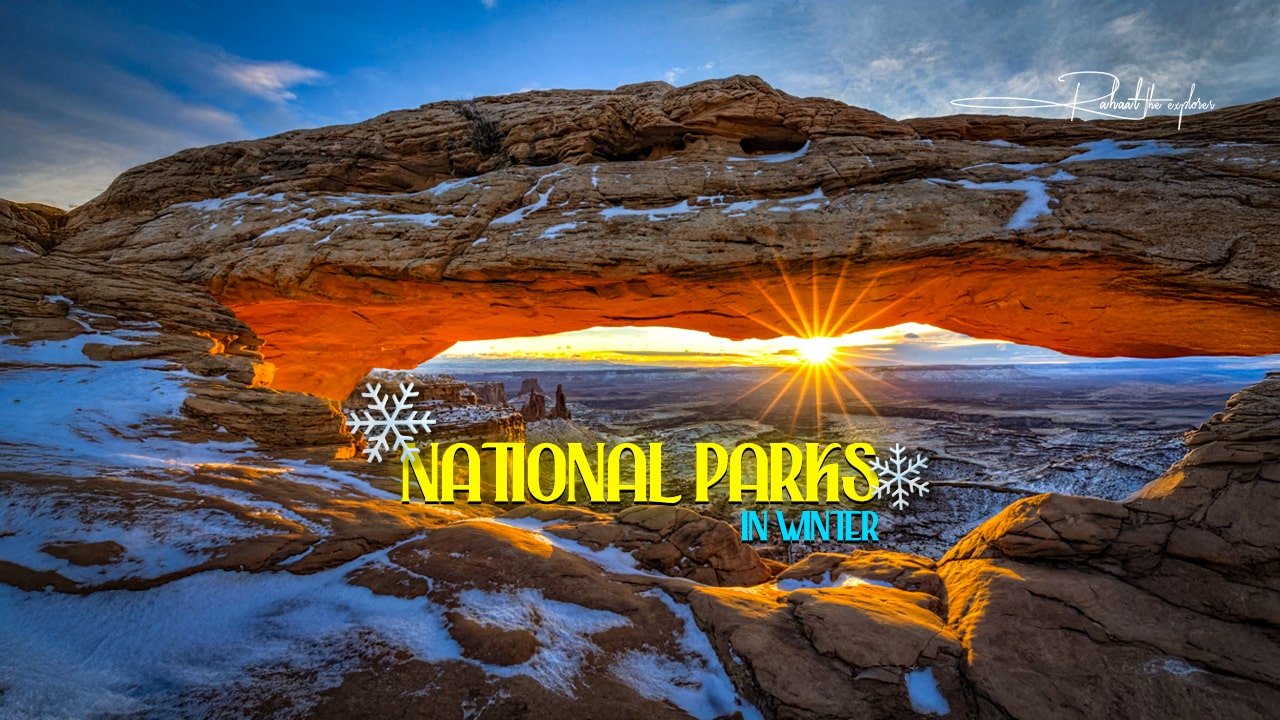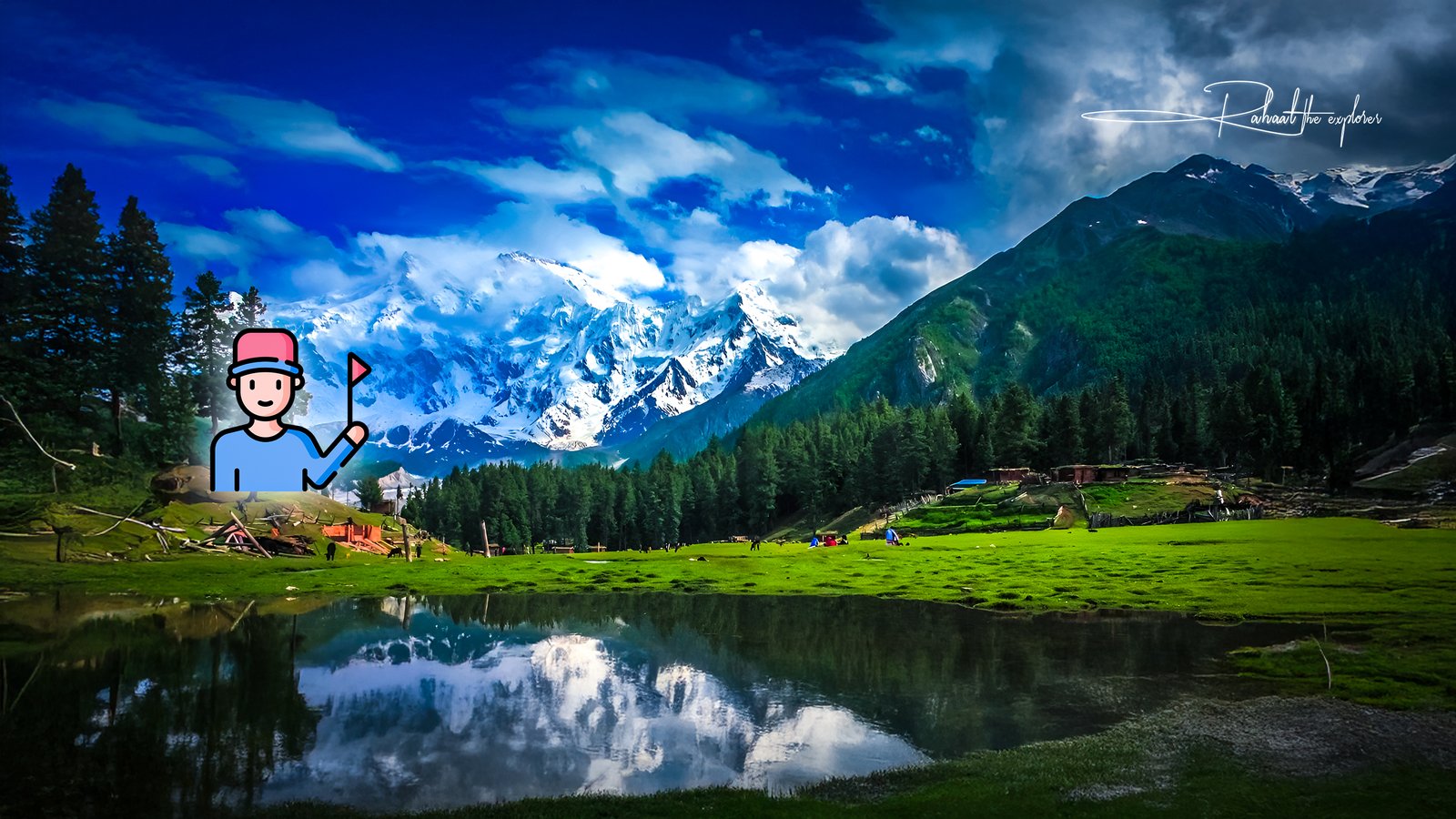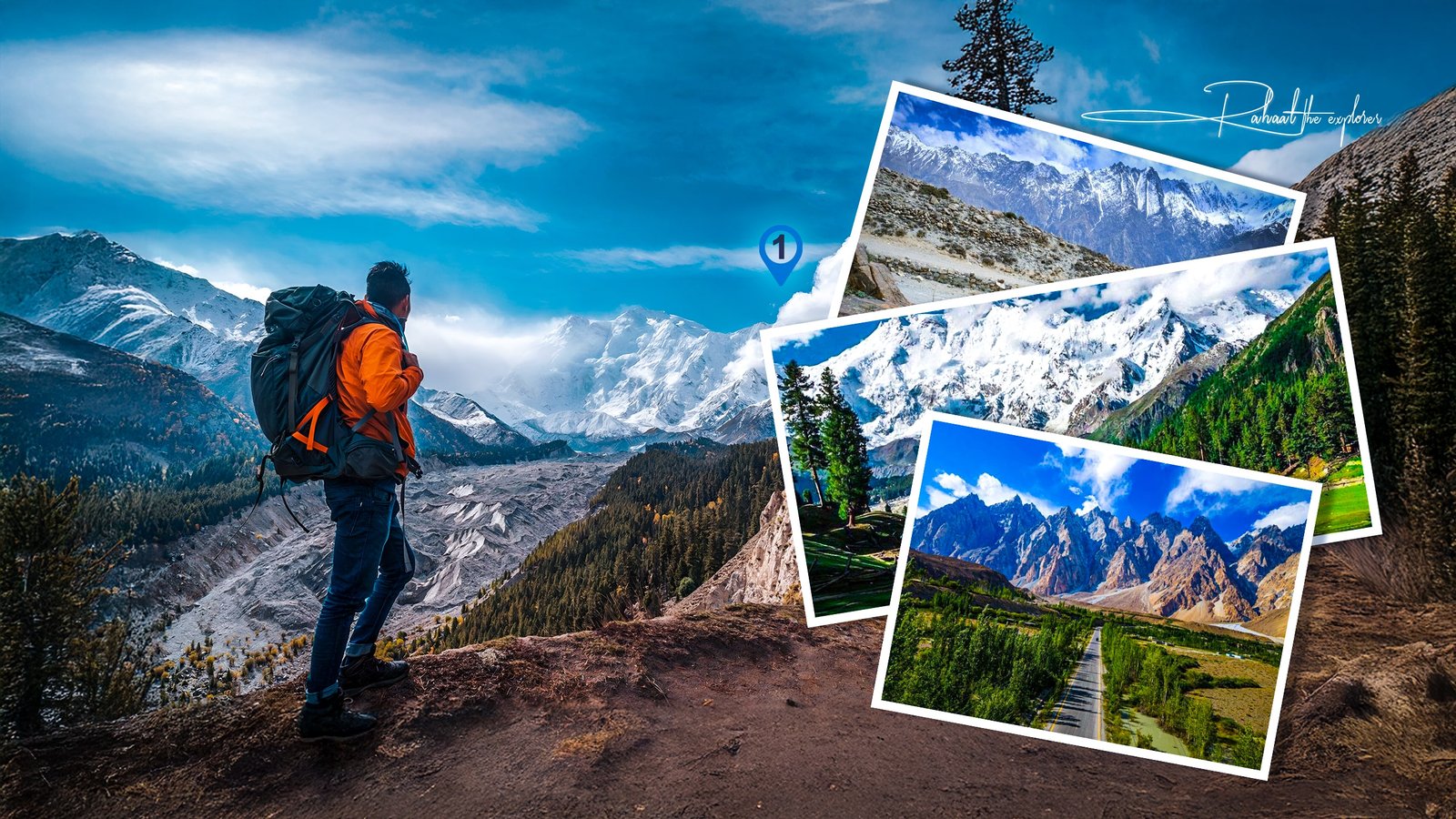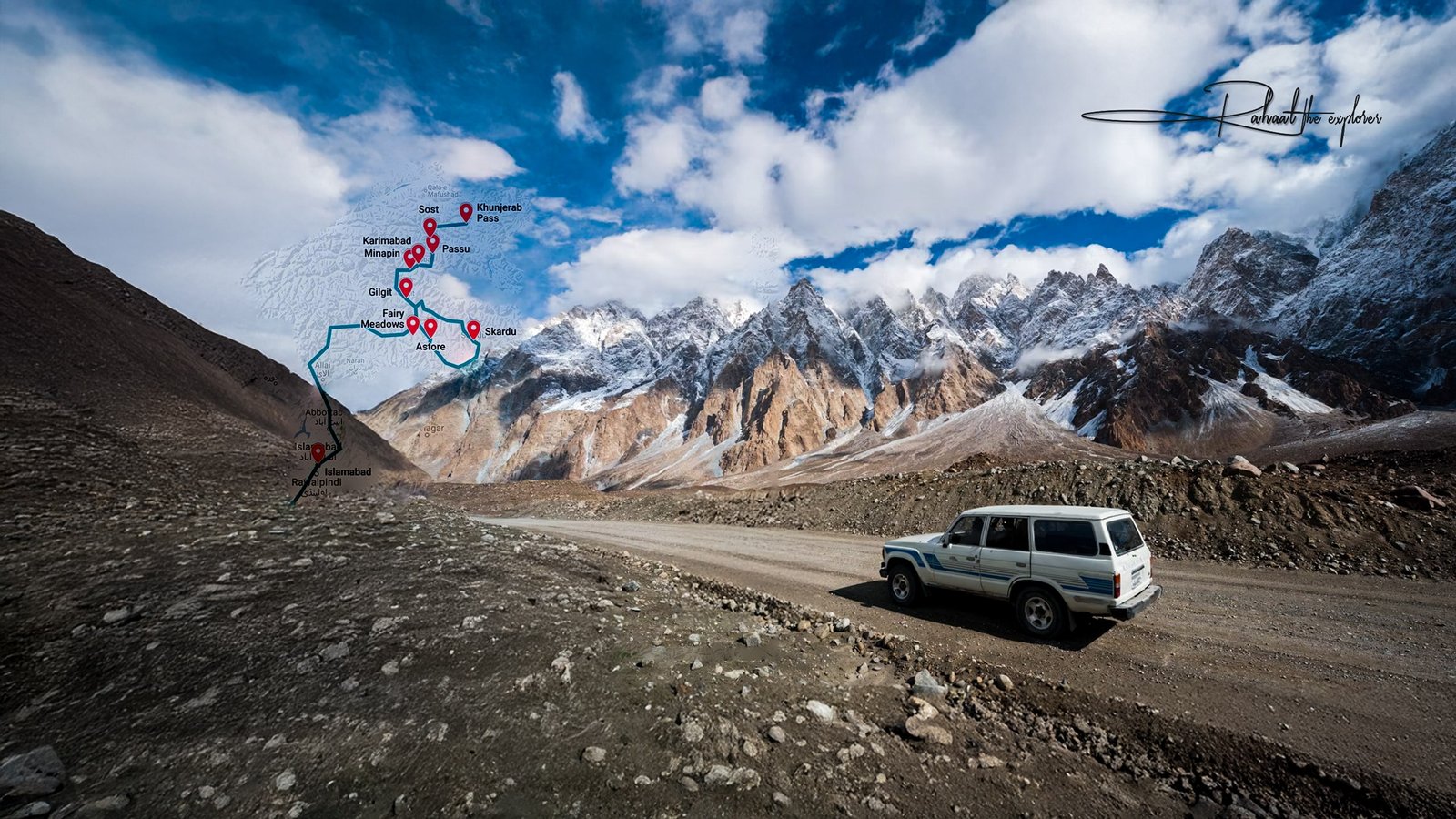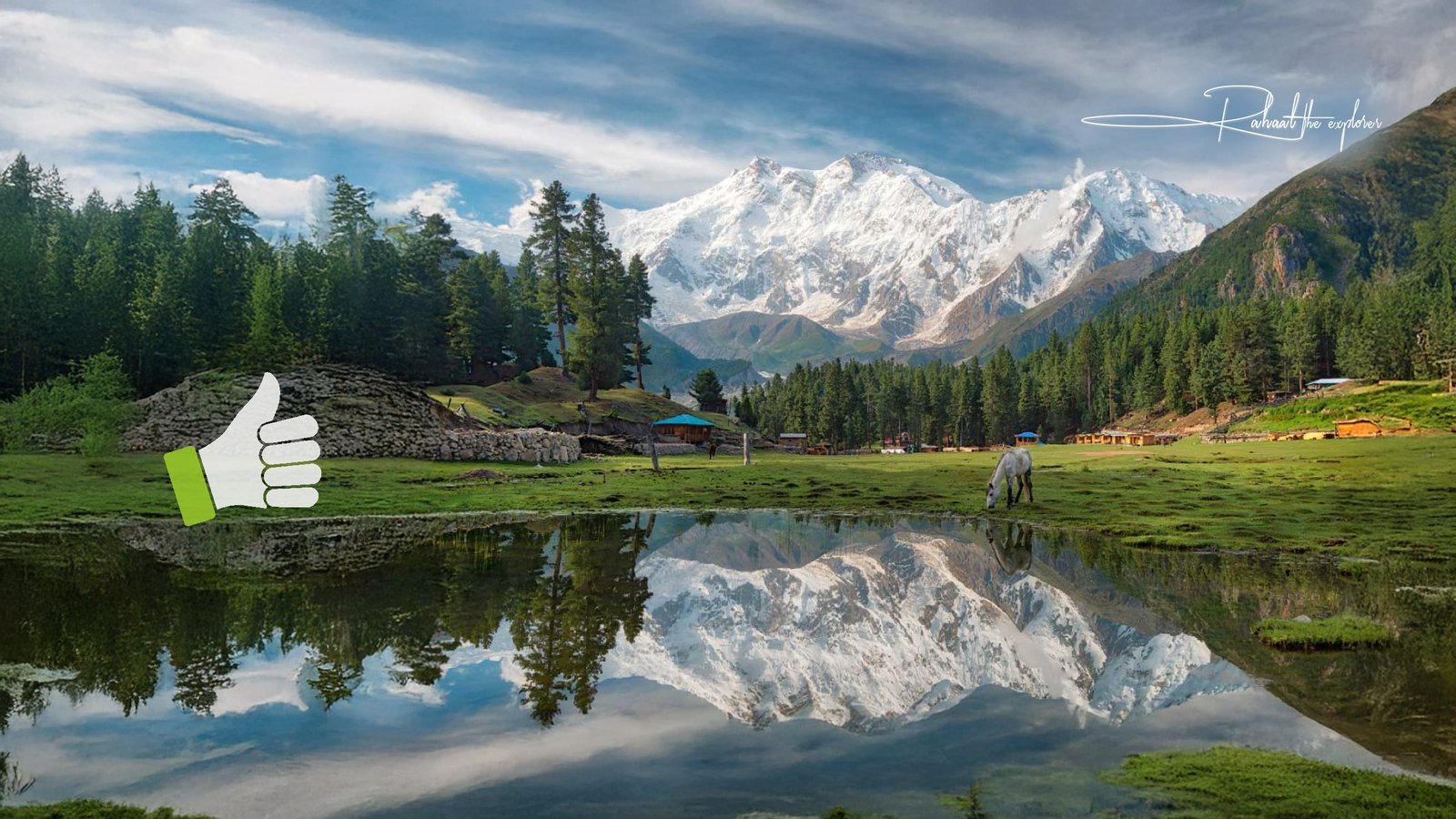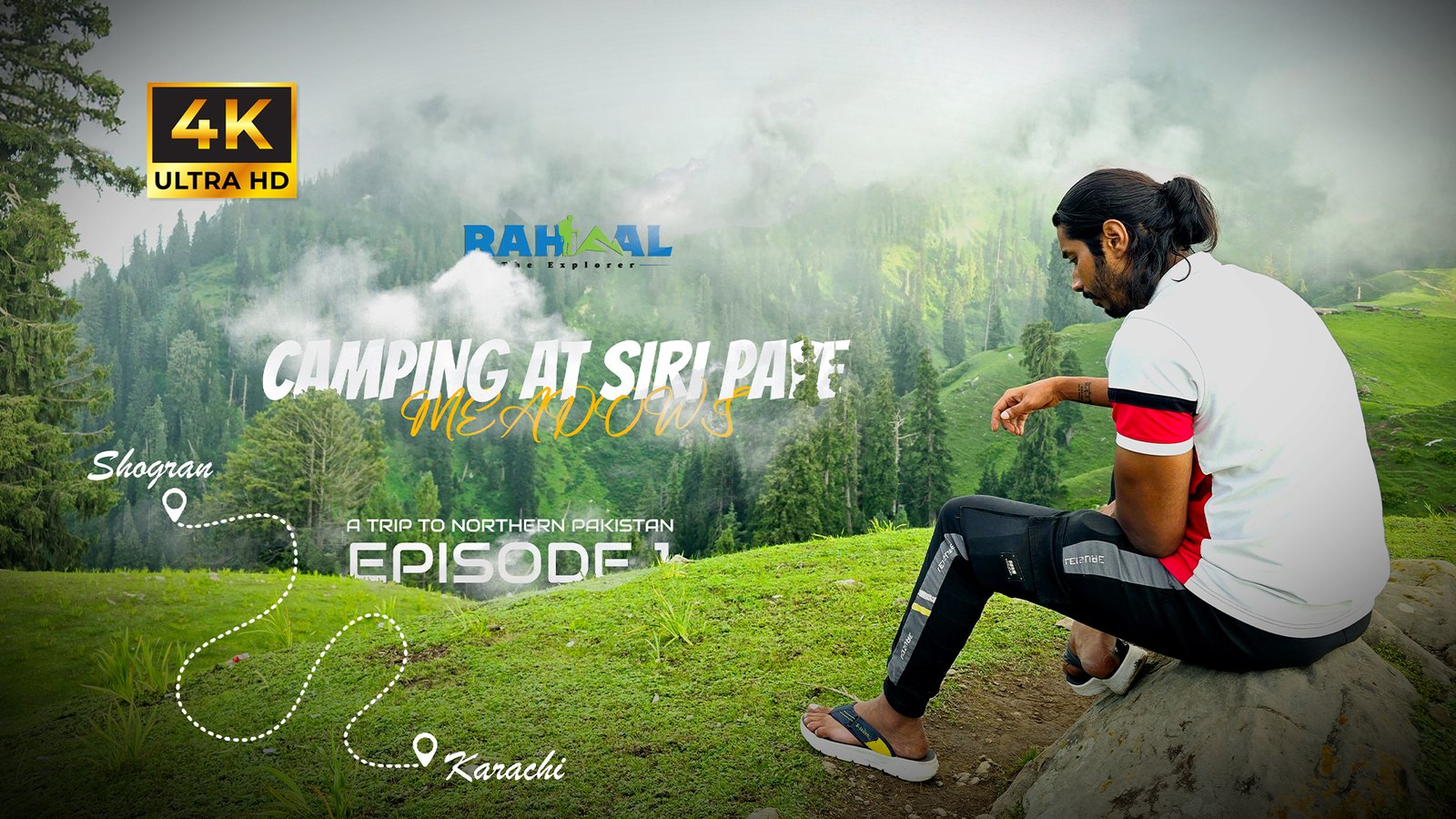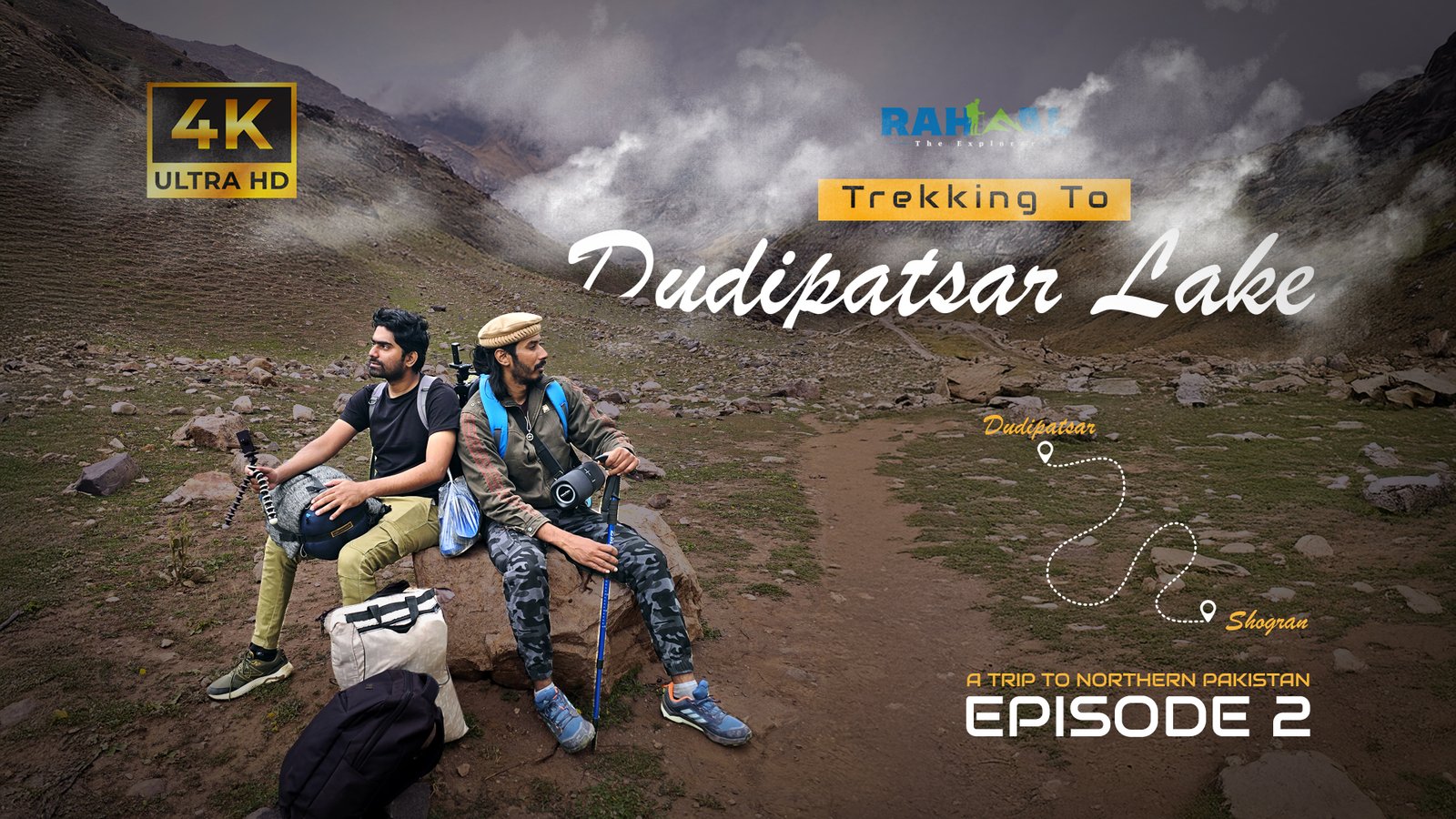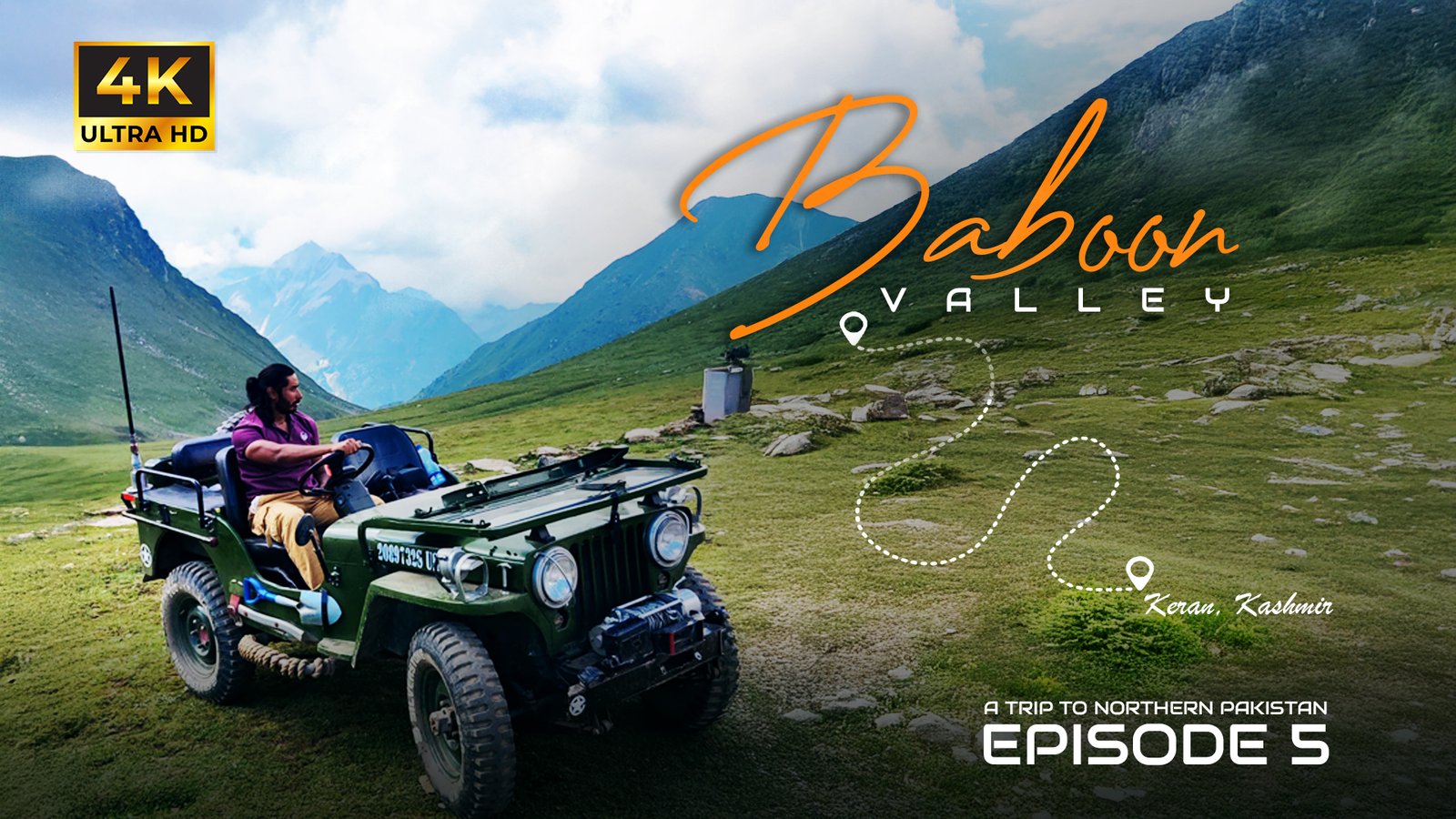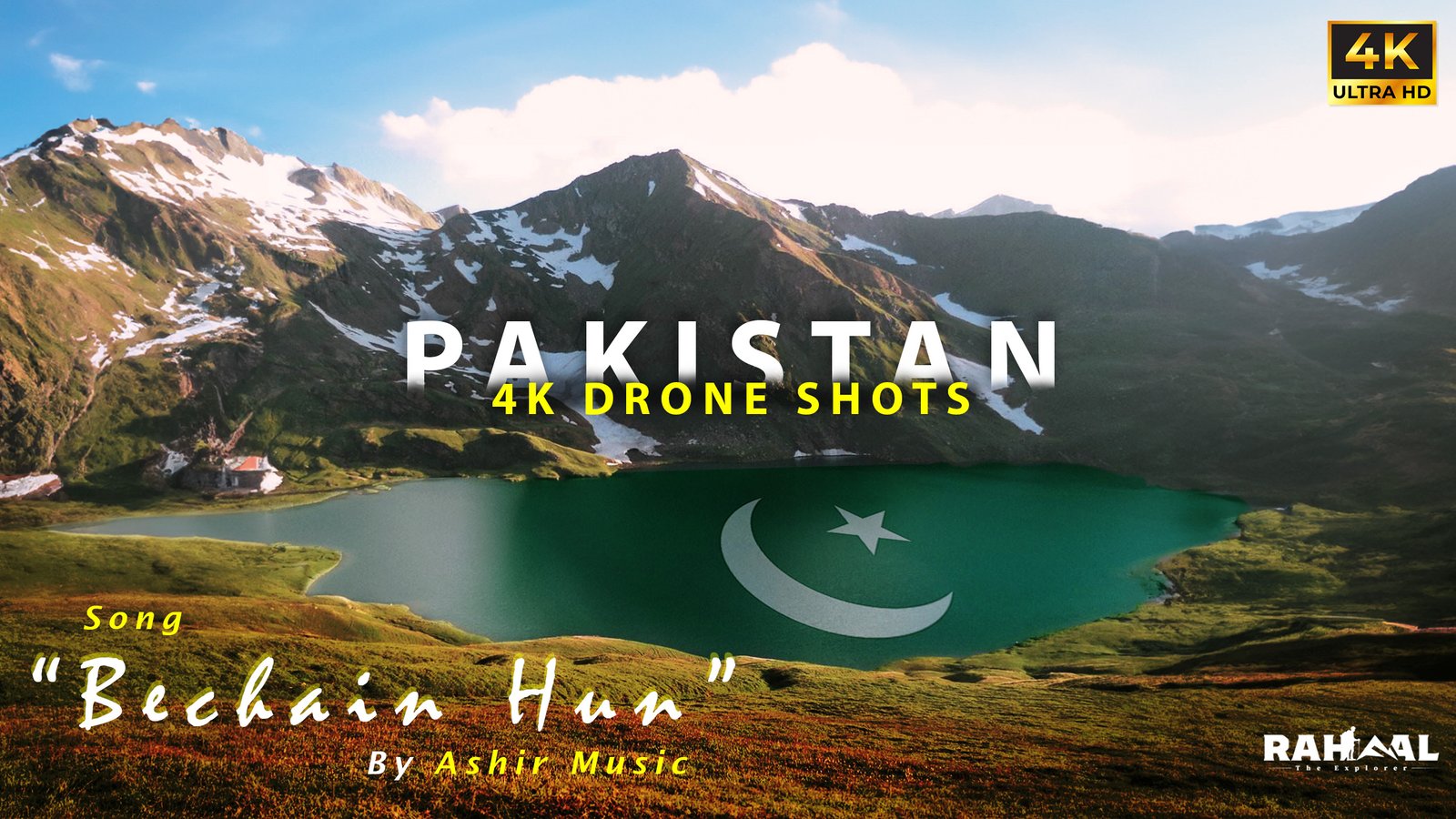When the temperatures drop and snow blankets the landscapes, the United States’ national parks transform into serene winter wonderlands. While many travelers associate parks with summer road trips, visiting national parks in winter offers a completely different — and often more magical — experience.
Fewer crowds, breathtaking snow-covered vistas, and opportunities for winter sports make this season one of the best times to explore the natural treasures of America. From the icy peaks of the Rockies to the sun-warmed canyons of the Southwest, each park offers something extraordinary during the colder months.
In this guide, we’ll highlight the best national parks to visit in winter, share expert tips for planning your trip, and include FAQs to help you make the most of your adventure.
1. Why Visit National Parks in Winter?
Winter is often overlooked for park travel, but it brings unique advantages:
- Smaller crowds: Enjoy peace and solitude in even the most popular parks.
- Spectacular scenery: Snow and frost transform familiar landscapes into something new.
- Affordable travel: Off-season rates for lodging and park access can save you money.
- Winter wildlife: See animals like elk, bighorn sheep, and wolves in their natural habitats.
- Special activities: Experience skiing, snowshoeing, and ice climbing — adventures not available in summer.
If you’re looking to reconnect with nature in a tranquil setting, winter is the ideal season.
2. Yosemite National Park, California
Yosemite in winter is nothing short of a snowy paradise. The granite cliffs of El Capitan and Half Dome are even more striking when dusted with snow, and Yosemite Valley becomes a peaceful haven.
Top Winter Activities:
- Ice skating at Curry Village Rink
- Snowshoeing to Mirror Lake
- Cross-country skiing at Badger Pass Ski Area
- Photography of frozen waterfalls
Why Visit in Winter:
Yosemite sees far fewer visitors this time of year, allowing you to experience its beauty without the crowds. Plus, the crisp air and peaceful setting make it perfect for reflection and exploration.
3. Yellowstone National Park, Wyoming, Montana, and Idaho
America’s first national park takes on an otherworldly appearance in winter. Geysers, hot springs, and fumaroles contrast against snowy landscapes, creating misty, ethereal scenes.
Top Winter Activities:
- Snow coach tours to Old Faithful and Mammoth Hot Springs
- Wildlife watching — bison, wolves, and elk are more visible against the snow
- Cross-country skiing on groomed trails
- Snowmobiling tours
Why Visit in Winter:
The geothermal features seem even more dramatic when surrounded by snow. Yellowstone in winter is also one of the best destinations for wildlife photography.
4. Zion National Park, Utah
Zion’s red sandstone cliffs glow even brighter under the winter sun. The cooler weather makes hiking more enjoyable, and the park’s main roads are far less crowded.
Top Winter Activities:
- Hiking Angels Landing or The Watchman Trail
- Exploring The Narrows (waterproof gear recommended)
- Scenic drives along Zion Canyon Road
Why Visit in Winter:
Winter brings pleasant temperatures (40–60°F) and clear skies. You can explore iconic trails without battling the summer heat or crowds.
5. Grand Canyon National Park, Arizona
Few people realize how beautiful the Grand Canyon looks in winter. Light snow highlights the canyon’s layers, creating a contrast of red rock and white dusting that’s picture-perfect.
Top Winter Activities:
- Watching sunrise or sunset at Mather Point or Yavapai Point
- Hiking Bright Angel Trail (weather permitting)
- Exploring Hermit Road (open to private vehicles in winter)
Why Visit in Winter:
The South Rim remains open year-round, and the quiet atmosphere makes it ideal for a peaceful visit. Lodging inside the park is easier to book, too.
6. Rocky Mountain National Park, Colorado
Winter transforms the Rockies into a snowy playground. Frozen lakes, towering peaks, and frosty forests make this one of the best national parks in winter for snow activities.
Top Winter Activities:
- Snowshoeing around Bear Lake
- Cross-country skiing near Trail Ridge Road
- Ice climbing at Hidden Valley
- Wildlife spotting (elk and deer roam near Estes Park)
Why Visit in Winter:
Rocky Mountain National Park offers a true alpine experience. It’s perfect for adventure seekers looking to enjoy snow-filled activities and serene views.
7. Bryce Canyon National Park, Utah
Bryce Canyon is magical year-round, but in winter, the red and orange hoodoos covered in snow create surreal, postcard-worthy views.
Top Winter Activities:
- Snowshoeing the Navajo Loop Trail
- Stargazing — winter skies are exceptionally clear
- Attending the Bryce Canyon Winter Festival
Why Visit in Winter:
The contrast between the red rocks and white snow is unlike anywhere else. The crisp air and peaceful trails make it ideal for photographers and hikers alike.
8. Great Smoky Mountains National Park, Tennessee & North Carolina
Winter in the Smokies is calm and mystical. Morning mists hover over the valleys, and the bare trees reveal hidden mountain views unseen during summer.
Top Winter Activities:
- Driving Newfound Gap Road for panoramic views
- Visiting Clingmans Dome observation tower
- Exploring waterfalls like Laurel Falls and Rainbow Falls
Why Visit in Winter:
Mild weather and fewer tourists make it easy to explore at your own pace. Plus, winter sunsets over the misty mountains are unforgettable.
9. Acadia National Park, Maine
Acadia is a top choice for travelers who love coastal beauty and crisp winter air. The ocean meets snow-dusted granite cliffs in dramatic fashion.
Top Winter Activities:
- Snowshoeing or skiing along Carriage Roads
- Watching the sunrise from Cadillac Mountain
- Exploring Jordan Pond
Why Visit in Winter:
The park is quiet and serene, offering solitude and stunning views. Winter sports enthusiasts will love the miles of snow-covered trails.
10. Everglades National Park, Florida
For those who prefer sunshine to snow, Everglades National Park is the perfect warm winter escape. Dry season (December–April) brings ideal weather and vibrant wildlife activity.
Top Winter Activities:
- Airboat rides through mangroves
- Birdwatching (hundreds of migratory species visit this season)
- Exploring Shark Valley and Anhinga Trail
Why Visit in Winter:
Cooler temperatures mean fewer mosquitoes and more wildlife sightings. The Everglades offers a totally different winter experience — one full of sun, water, and nature.
11. Mount Rainier National Park, Washington
In winter, Mount Rainier is a snow lover’s dream. Its alpine scenery becomes even more dramatic under a blanket of snow.
Top Winter Activities:
- Snowshoeing from Paradise Visitor Center
- Sledding in designated snow play areas
- Winter camping (for the adventurous)
Why Visit in Winter:
This park offers the quintessential Pacific Northwest winter experience — lush forests, deep snow, and stunning mountain views.
12. Sequoia & Kings Canyon National Parks, California
These neighboring parks are ideal for travelers wanting to see giant sequoias dusted with snow. The winter quiet adds a magical touch to the world’s largest trees.
Top Winter Activities:
- Walking the Big Trees Trail
- Snowshoeing to General Sherman Tree
- Exploring Grant Grove Village
Why Visit in Winter:
Fewer visitors mean you can enjoy these natural giants in peace. Snow adds contrast, making photography breathtaking.
13. Planning Tips for Visiting National Parks in Winter
To make the most of your trip, preparation is key:
- Check road and weather conditions: Many parks close some roads due to snow.
- Dress in layers: Temperatures can drop suddenly, especially at higher elevations.
- Carry snow chains: Required for many mountain parks.
- Book early: Lodging and tours can still fill up quickly in popular areas.
- Stay safe: Always let someone know your plans and check park alerts before hiking.
14. Best Time to Visit National Parks in Winter
While all parks offer something unique, December through February are peak months for winter activities. However, the best time depends on what you’re seeking:
- December–January: Best for snow-based parks like Yellowstone, Yosemite, and Rocky Mountain.
- February–March: Ideal for milder destinations like Zion, Everglades, and Grand Canyon.
15. FAQs About Visiting National Parks in Winter
Q1: Are national parks open during winter?
Yes, most U.S. national parks remain open year-round, though some facilities or roads may close due to snow or safety concerns.
Q2: What should I pack for winter park trips?
Layered clothing, waterproof boots, gloves, hats, and emergency supplies. If you’re heading to snowy parks, bring traction gear or snow chains.
Q3: Which national parks are best for snow activities?
Yellowstone, Yosemite, Bryce Canyon, and Rocky Mountain are top choices for snowshoeing, skiing, and ice climbing.
Q4: Can I camp in national parks during winter?
Yes, many parks allow winter camping, but you’ll need proper gear. Always check for available campgrounds and safety guidelines.
Q5: Are pets allowed in winter parks?
Policies vary by park. Generally, pets are allowed in designated areas and must be leashed.
Q6: Which national park is best for a warm winter vacation?
Everglades National Park and parts of Grand Canyon (South Rim) offer pleasant temperatures and plenty of sun.
16. Final Thoughts
Exploring national parks in winter is a chance to see America’s wild beauty from a fresh perspective. Whether you crave snowy mountains or sunlit swamps, each park offers something magical during this season.
From Yosemite’s frozen waterfalls to the Everglades’ warm wetlands, winter reveals the diversity and wonder of the U.S. landscape. So pack your gear, embrace the cold (or the warmth), and embark on a winter adventure that few travelers experience — a quiet, awe-inspiring journey through nature’s finest masterpieces.


